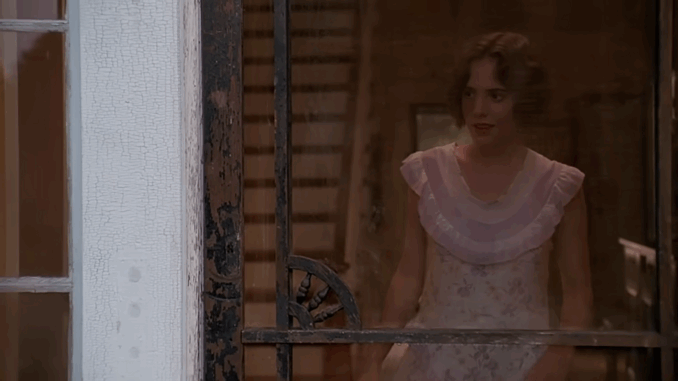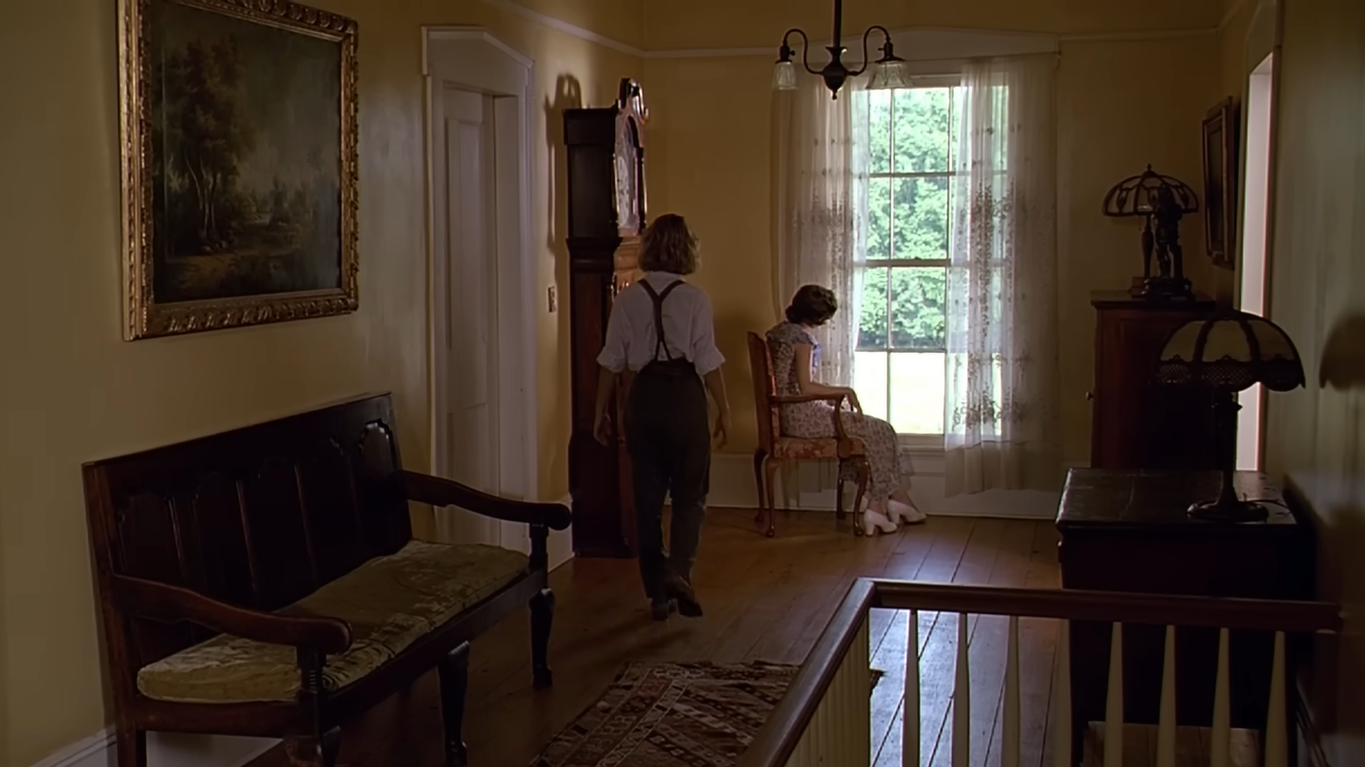
One of the most quietly brilliant aspects of Fried Green Tomatoes is the way it plays with time — not just as a setting, but as a narrative device, a psychological lens, and even an emotional texture. The film doesn’t move in a straight line. Instead, it loops, folds, and mirrors time, creating a story that feels less like a chain of events and more like a memory being retold in layers.
Dual Timelines, One Emotional Arc
On the surface, Fried Green Tomatoes is told across two timelines:
-
The 1920s–30s: The story of Idgie Threadgoode, Ruth Jamison, and the Whistle Stop Café.
-
The 1980s–90s: Evelyn Couch’s modern-day encounters with Ninny Threadgoode in a nursing home.
But these aren’t just flashbacks. They are two emotional mirrors, running parallel but never truly separate. The story isn’t told chronologically. Instead, it moves according to what matters emotionally: a detail in the present sparks a memory in the past. A decision in the past reshapes someone’s future.
How Memory Shapes Truth
As Ninny tells Evelyn about the past, we’re never quite sure how much is fact and how much is romanticized. But that’s the point. The film trusts emotion more than chronology.
-
Did Idgie really kill Frank Bennett?
-
Was Ninny actually Idgie all along?
-
Are we watching a memory, or a myth?
The blurring of these lines mimics how memory works. We don’t remember life like a calendar. We remember in feelings, impressions, moments — just like the film unfolds.
Psychological Time vs. Clock Time

Evelyn’s transformation isn’t linear. It happens in jumps — triggered by stories from the past. In many ways, Evelyn is re-experiencing her own life through the lens of someone else’s memory. As she hears about Idgie’s courage, Ruth’s sacrifice, and the resilience of Whistle Stop, she begins to reclaim her own timeline, rewriting her future.
The past doesn’t just inform the present. It rewires it.
Whistle Stop as a Timeless Place
The town of Whistle Stop itself resists time. It seems suspended in memory — a world where trains still run, fried green tomatoes are always on the stove, and ghosts walk freely. When Evelyn visits it at the end of the film, it’s overgrown and abandoned. But in her imagination, it’s still alive.
Time here is emotional, not literal. Whistle Stop may not exist on a map anymore, but it lives fully in spirit, story, and taste.
Repetition as a Structure
The film doesn’t rely on a traditional plot with rising action and climax. Instead, it works in cycles:
-
Stories begin and are returned to later.
-
Visual motifs — a train, a jar of honey, a plate of food — repeat across timelines.
-
Lives in the past echo into lives in the present.
This looping structure gives the film a deeply satisfying emotional rhythm. We don’t move forward so much as we move deeper.
A Story That Unfolds Like a Memory
More than a tale of friendship, love, or self-discovery, Fried Green Tomatoes is a story about how we carry the past — not as dead weight, but as a source of meaning. It reminds us that time isn’t just something we measure with clocks. It’s something we feel, remember, and sometimes, relive.
In that way, the film isn’t just about Ruth and Idgie, or Evelyn and Ninny. It’s about how we all carry our own Whistle Stops — places and people we visit again and again, not with our feet, but with our hearts.
